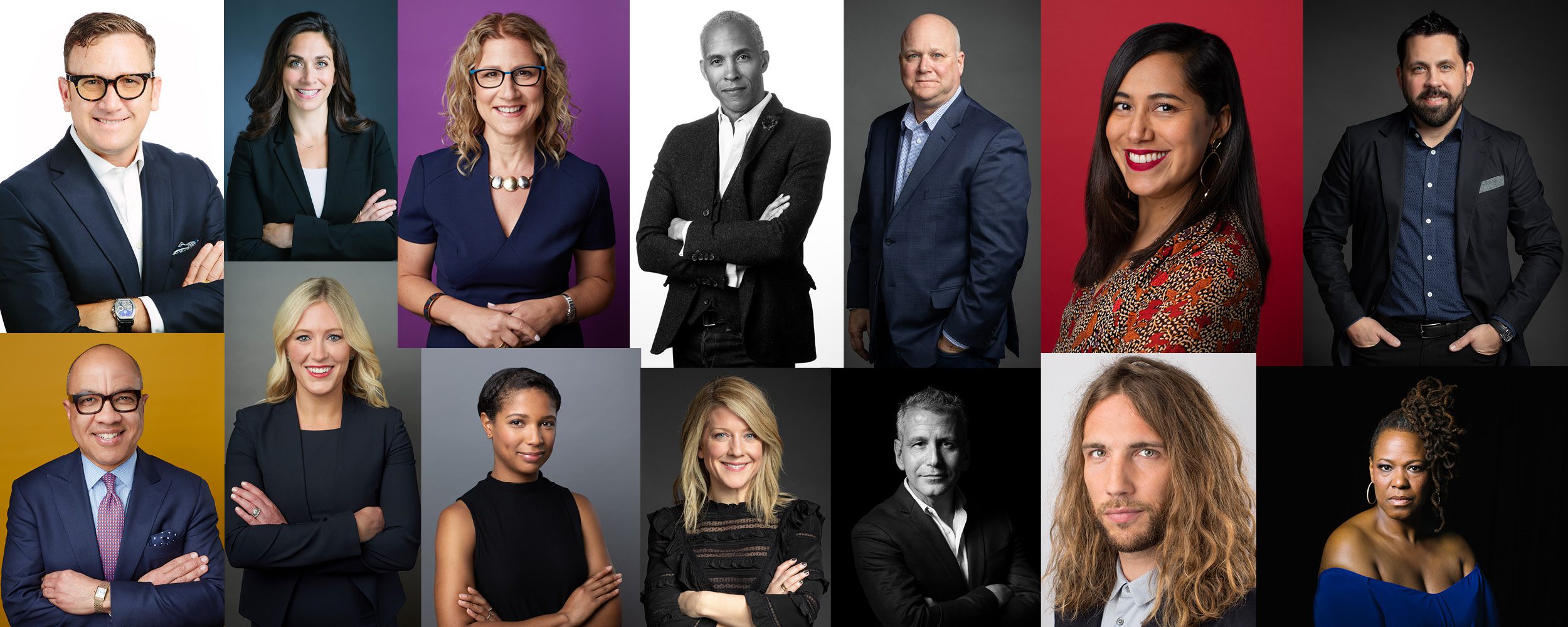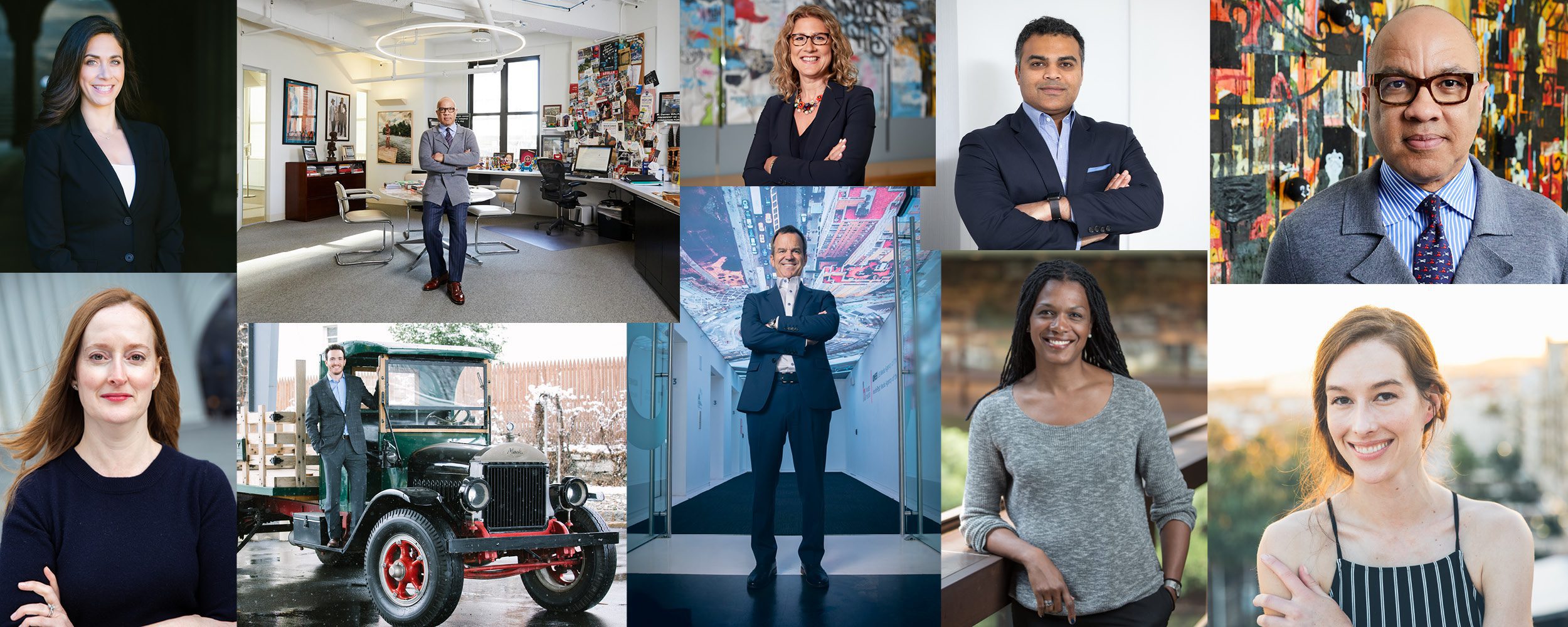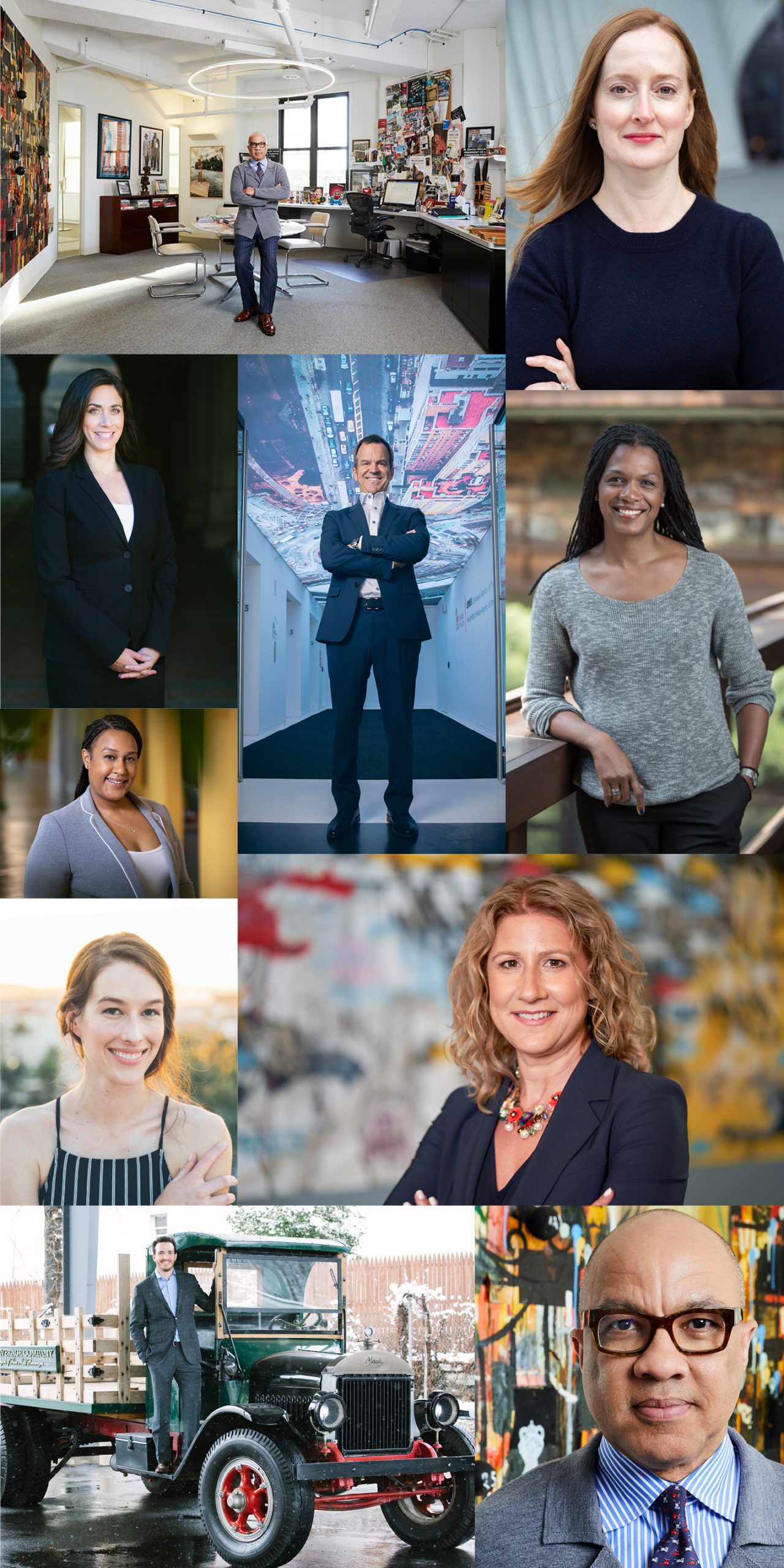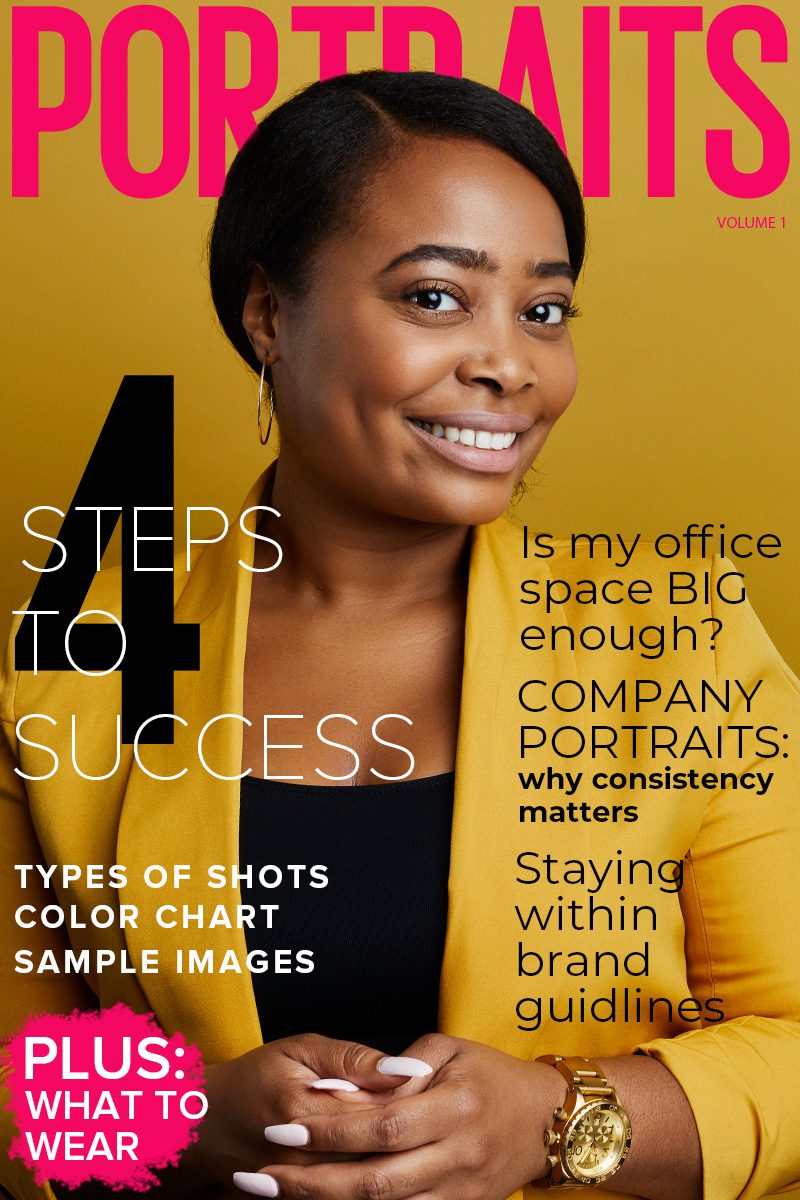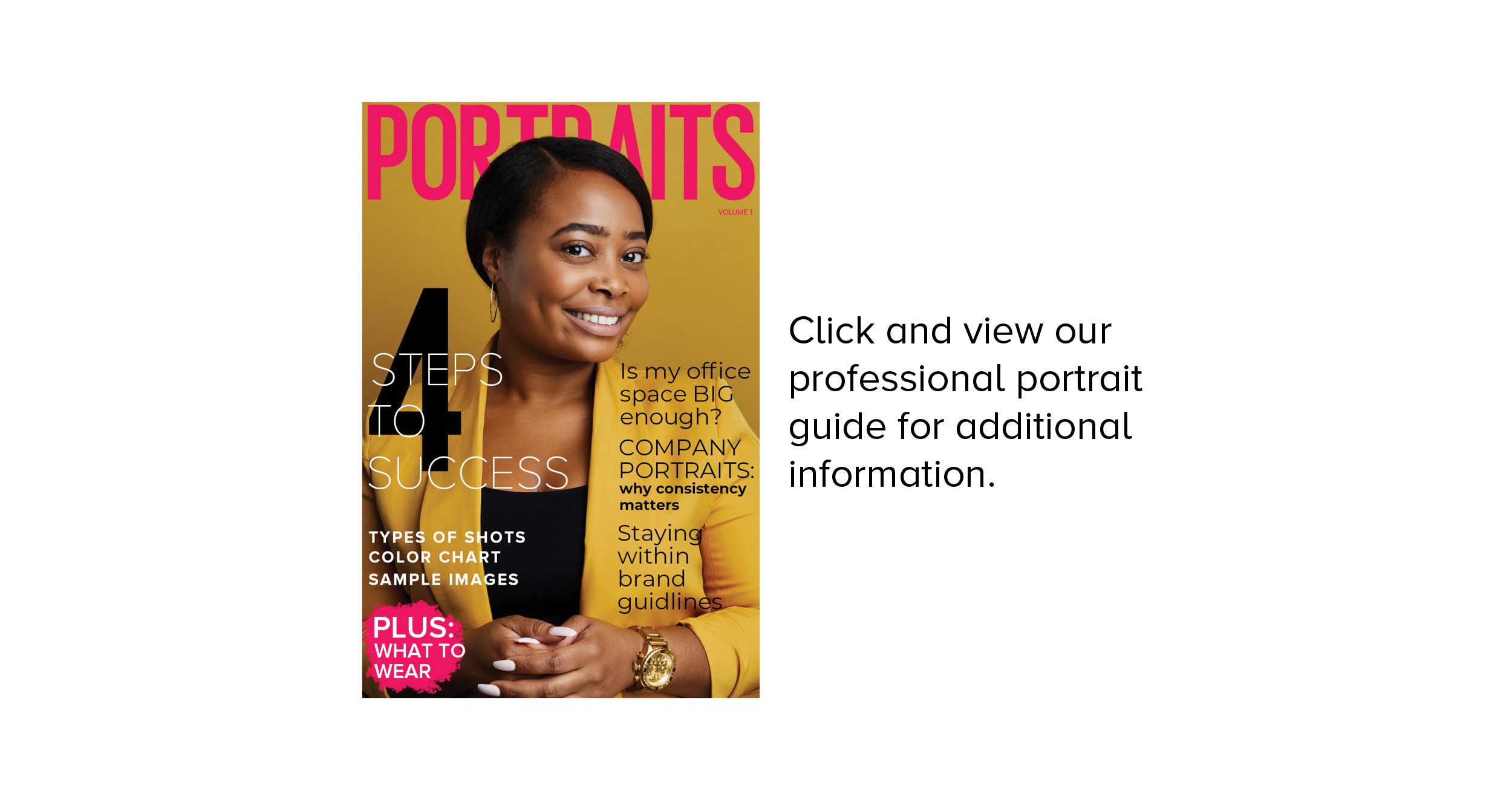A big part to developing a successful brand identity is cohesiveness in aesthetic. We routinley partner with firms, agencies, and brands to develop and execute a customized look for the employee portrait section of the website. We bring ideas to the table that will deliver a distinct look but stay within brand guidelines. Having consistency here is paramount in making a bold and powerful statement about your organization. The portraits we create not only give consistently to the website, but can also be utilized as profile pics for LinkedIn, professional networking affiliations press releases, speaking engagements, marketing material, and award ceremonies.
+ scroll to explore
PROFESSIONAL PORTRAITS
A big part to developing a successful brand identity is cohesiveness in aesthetic. We routinley partner with firms, agencies, and brands to develop and execute a customized look for the employee portrait section of the website. We bring ideas to the table that will deliver a distinct look but stay within brand guidelines. Having consistency here is paramount in making a bold and powerful statement about your organization. The portraits we create not only give consistently to the website, but can also be utilized as profile pics for LinkedIn, professional networking affiliations press releases, speaking engagements, marketing material, and award ceremonies.


1. Identify Your Needs
The first step is identifying all of the needs you have for the portrait, and determining if one shot will cover all the bases. Sometimes, a portrait that’s appropriate for the website, doesn’t quite fit for a press release or speaking engagement. Sometimes it’s simply nice to have various images for different ocassions. Very often, in portrait sessions, we shoot a variety of shots to cover all of these needs. Gather a list of all the areas where you will potentially need a professional portrait (company website, LinkedIn, networking affililations, press releases, speaking engagements, marketing material, award ceremonies..etc) and then move onto step two.
1. IDENTIFY YOUR NEEDS
The first step is identifying all of the needs you have for the portrait, and determining if one shot will cover all the bases. Sometimes, a portrait that’s appropriate for the website, doesn’t quite fit for a press release or speaking engagement. Sometimes it’s simply nice to have various images for different ocassions. Very often, in portrait sessions, we shoot a variety of shots to cover all of these needs. Gather a list of all the areas where you will potentially need a professional portrait (company website, LinkedIn, networking affililations, press releases, speaking engagements, marketing material, award ceremonies..etc) and then move onto step two.
2. Choose Your Shot
Once you have that list defined, then it’s time to choose the type of shot you want or need for each outlet. The most common types of professional portraits are environmental, studio, office, team, and action. Each of these types of shots help to shape the look and feel of the portrait, convey a different message, and serve different needs. With enough time scheduled, we can do a combination of each of these shots, if needed. See below for a brief description of each shot.
2. CHOOSE YOUR SHOT
Once you have that list defined, then it’s time to choose the type of shot you want or need for each outlet. The most common types of professional portraits are environmental, studio, office, team, and action. Each of these types of shots help to shape the look and feel of the portrait, convey a different message, and serve different needs. With enough time scheduled, we can do a combination of each of these shots, if needed. See the professional portrait guideline document below for a brief description of each shot.
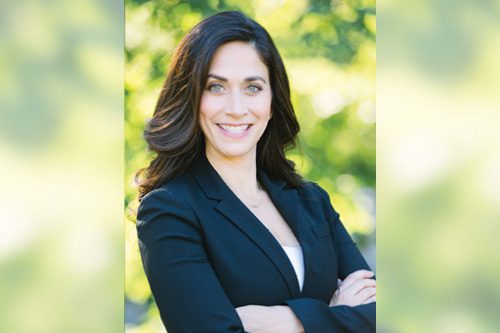
1. ENVIRONMENTAL
The environmental portrait is usually conducted outside the place of business, or at a particularly relevant location. It’s a great addition to your professional portrait collection and is often used for press releases, speaking engagements, and networking events, as they can tend to feel a bit less formal. The main things to consider when selecting an environmental portrait is the location, time of day and background. Each of these shape the feeling of the image, as the natural lighting becomes a factor in the image. Do you want something dark and intriguing, or more bright and inviting? Let us know your vision and end use for the image and we’ll source the perfect shoot location.

2. STUDIO
The studio portrait is the most classic type of business portrait. Professional lighting is used to finely shape and control the image and ensure your best self is captured. The studio shot can be conducted either in our studio, or your office location. We have worked in a wide variety of spaces and have different portrait setups for just about any size space. We are fully insured to work in any commercial space and only need a minimal footprint to operate. The main things to consider when selecting a studio shot is the color of the background, the width of the shot (full body, half, or chest up), and whether you would like hair and make-up services. See section four below for color background options.

3. OFFICE
The office shot is a similar approach to the studio shoot, but integrates an element of your working environment into the image, instead of a plain backdrop. The office shot brings the viewer into your world a bit, and can help integrate some corporate or personal branding into your image. Maybe there’s an interesting design element in your space, a certain energy you want to capture, a view, a texture, a body of work, or a unique working space that you would like to include into your portrait. The office shot is commonly used for editorial and press needs as it can help to visually support a featured story.
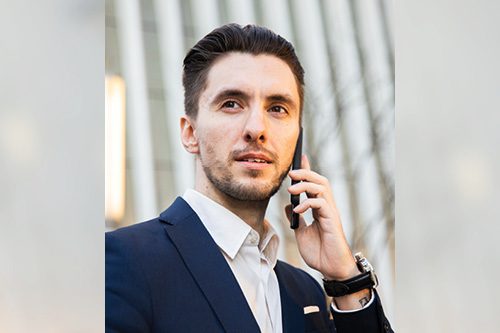
4. ACTION
The action portrait captures you in your element, and helps portray a sense of story. Whether it’s in the office space, at a business meeting, a job site, or in the field, the action shot is a great way to showcase your skill set in action and integrate another level of storytelling into your image.

5. TEAM
The team shot is a great way to highlight the culture, teamwork, solidarity, and diversity of your company, small business or start-up. We can take a similar approach to any of the above shots to make sure the aesthetic stays within brand guidelines.
3. Location Scout
The location scout is an easy way to ensure a smooth and sucesfsul shoot day. If we’re shooting at your office location, we can either do a quick in-person or virtual scout. Ideally, we’re looking for a working space of 5-7 feet in width, 7 feet in height, and 10 feet in depth, but we can accommodate to smaller spaces. The space should be semi-private to allow each of the subjects to feel comfortable. For location shoots, the scout allows us to find a variety of location options, so we can maximize our time the day of the shoot and have a seamless experience.
3. LOCATION SCOUT
The location scout is an easy way to ensure a smooth and sucesfsul shoot day. If we’re shooting at your office location, we can either do a quick in-person or virtual scout. Ideally, we’re looking for a working space of 5-7 feet in width, 7 feet in height, and 10 feet in depth, but we can accommodate to smaller spaces. The space should be semi-private to allow each of the subjects to feel comfortable. For location shoots, the scout allows us to find a variety of location options, so we can maximize our time the day of the shoot and have a seamless experience.


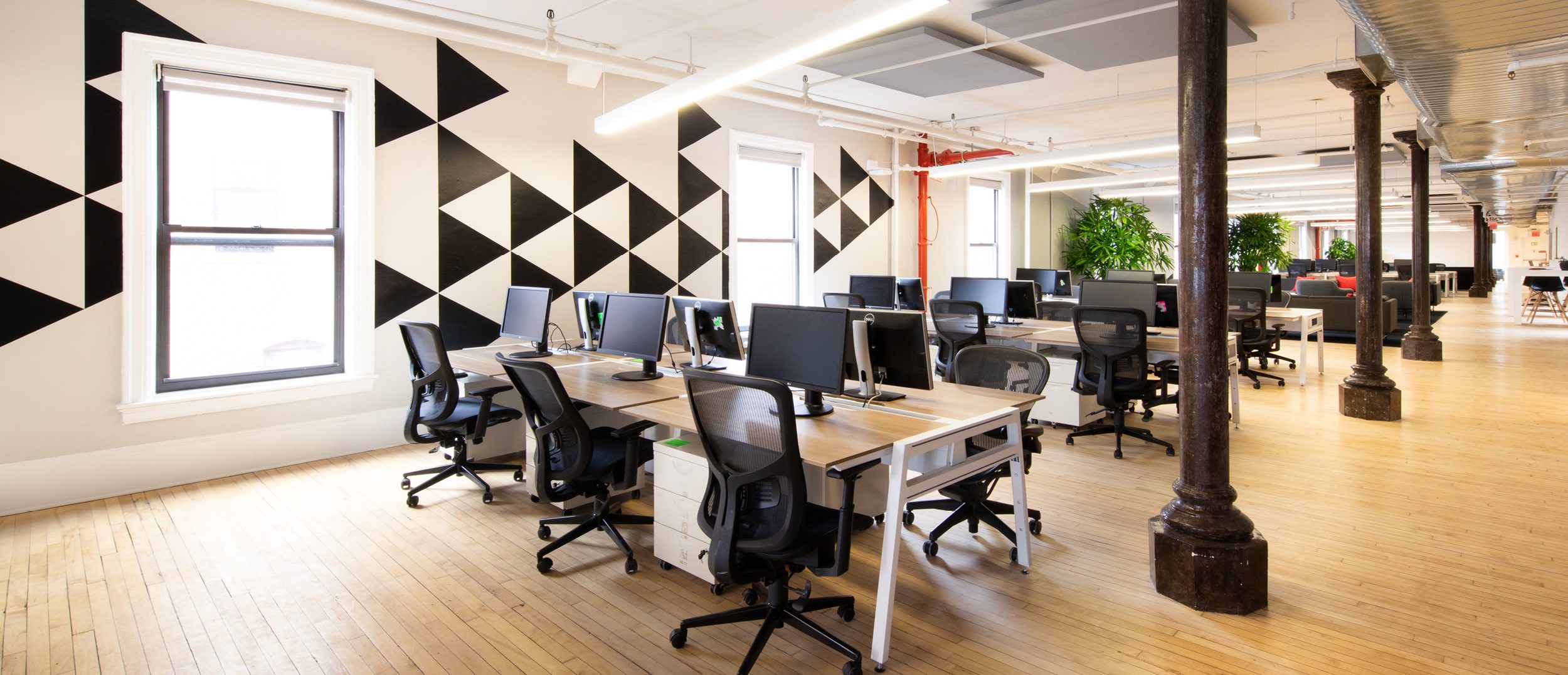
4. Choose Background
If choosing a traditional studio portrait, with a paper backgound, you have the option to select a color, or a variety of colors. The most commonly used colors, for corporate portraits, are white, grey and black, but adding a color can help integrate company branding and give your image an eye-popping effect. The color chart below represents the most commonly used backdrop colors. All of these colors can be refined during the shoot, with lighting techniques, and also in post production, if your trying to match a specific hue. Selecting multiple colors is a fun way to integrate different outfits, and build an arsenal of images. See the color chart below, along with specfic shoot examples.
4. CHOOSE BACKGROUND
If choosing a traditional studio portrait, with a paper backgound, you have the option to select a color, or a variety of colors. The most commonly used colors, for corporate portraits, are white, grey and black, but adding a color can help integrate company branding and give your image an eye-popping effect. The professional portrait guideline document below, contains the color chart with most commonly used backdrop colors. All of these colors can be refined during the shoot, with lighting techniques, and also in post production, if your trying to match a specific hue. Selecting multiple colors is a fun way to integrate different outfits, and build an arsenal of images. See the guideline document below, with specific examples.

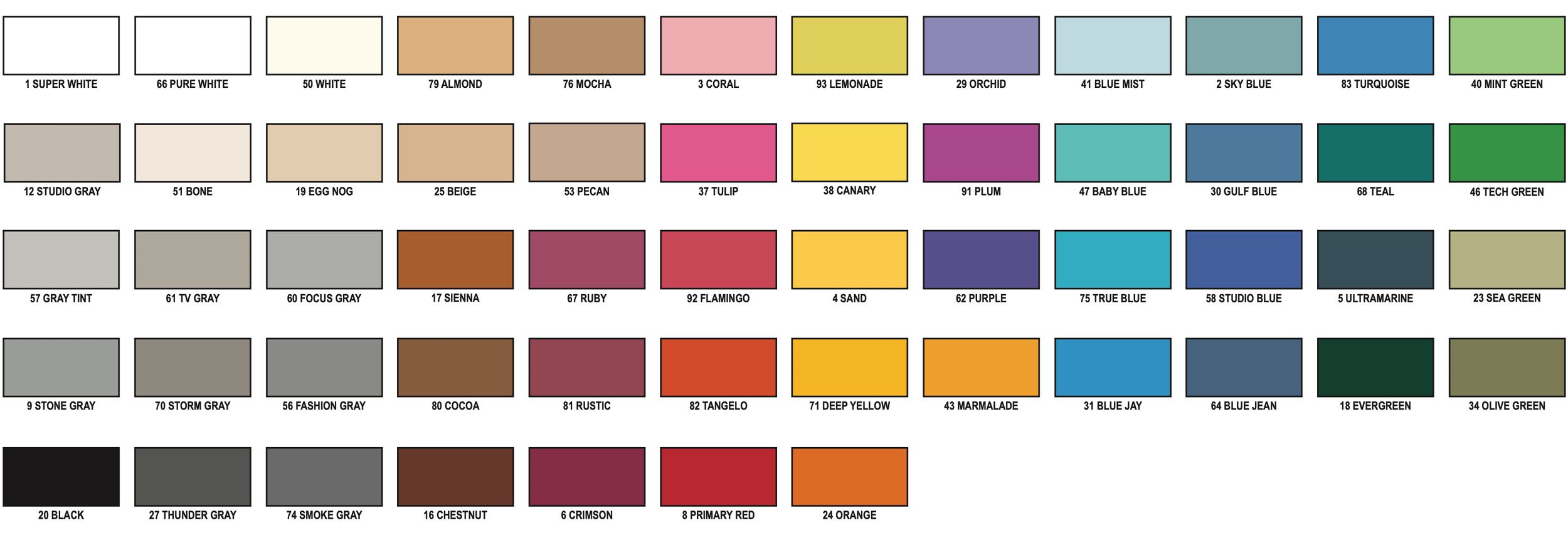
Sample Images
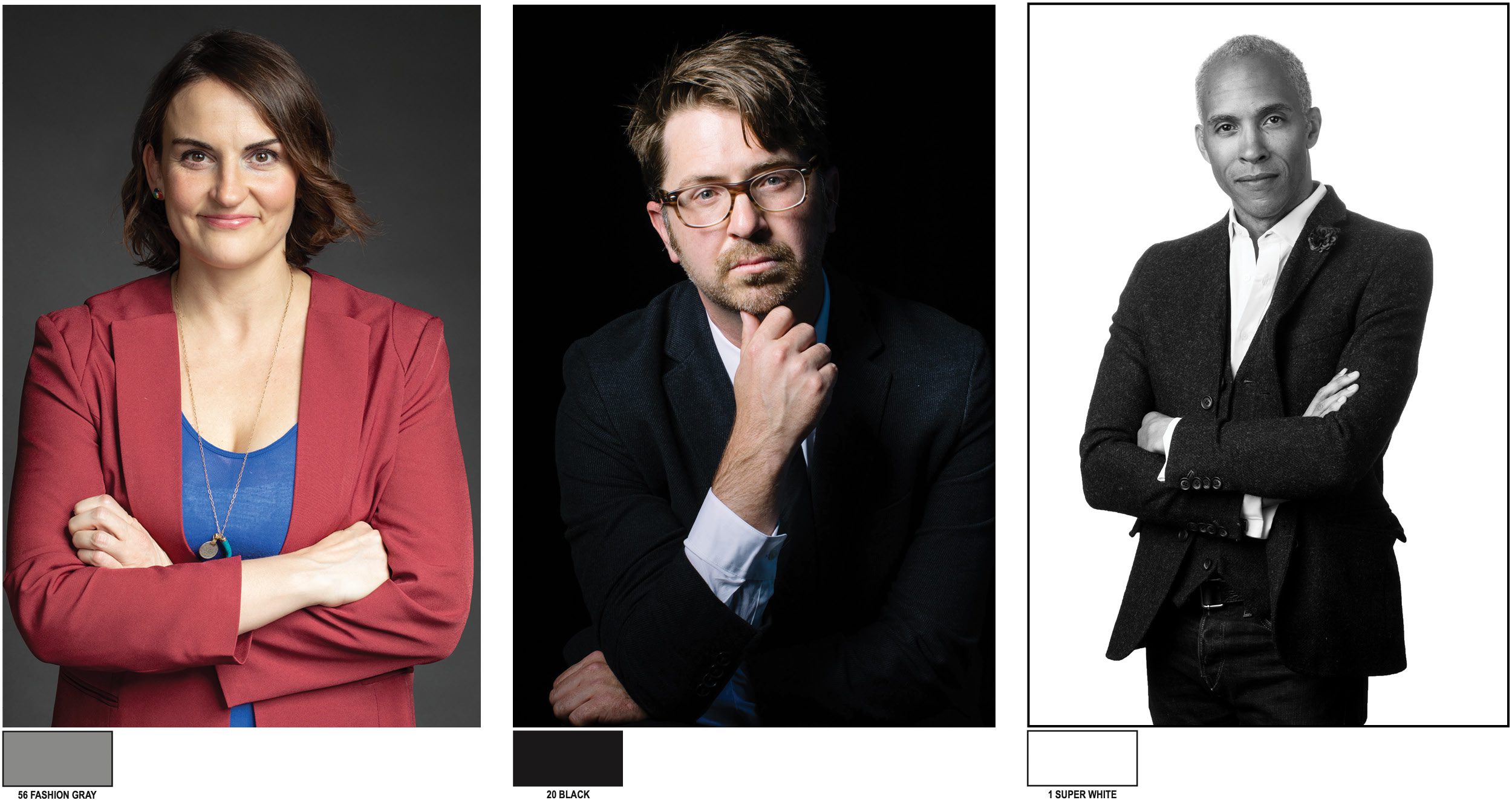


Click here and view our professional portrait guide for additional information.
Click here and view our professional portrait guide for additional information.



